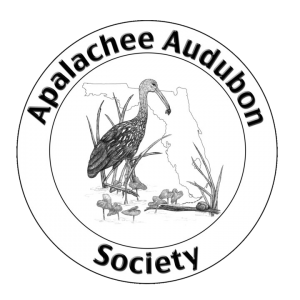By AAS member Ann Morrow
During these challenging Covid-19 times, many of us are spending more time in our homes and yards. It is no wonder that interest in home-based activities such as birdwatching and gardening has soared in the last 6 months. Even veteran birders and gardeners have honed their skills, expanded their species yard lists, and enjoyed new sights and sounds in backyard habitats.
In our 1/3-acre suburban lot, my husband and I are more acutely aware of the subtle progression of seasons simply by being at home continuously through spring and summer. We have watched plants bloom and set fruit. We have noted bird migration and watched resident birds find mates, build nests, and raise young. We have also noted a few less-desirable sightings: frequent patrols by free-roaming cats and, the focus of this article, window/bird collisions.
We do not think the collisions are common at our house, but the unmistakable thud as a bird strikes a window is deeply disturbing whenever it happens. Last year a Swainson’s thrush, a species seen solely during migration in North Florida, died after hitting our large living room window. We think of our yard as a safe spot for migrants to rest and refuel, so it was indeed a sad day. Other victims include cardinals, titmice, and Carolina wrens. The most recent strike was a red-bellied woodpecker. It hit the window and landed upside down in a large planter. It flew off after 20 minutes and we hope it did not later die from internal injuries, a common outcome after window strikes.
Estimates vary, but it is safe to say that hundreds of millions of birds die each year from window collisions in the United States. The good news is that researchers have devised several simple and inexpensive solutions. We applied bird stickers designed as collision deterrents on one of our smaller windows. For the large living room window, we opted for the Acopian Birdsavers (www.birdsavers.com). Designed by a family of engineer/naturalists in Pennsylvania, Birdsavers consist of a curtain of vertical strands of paracord (1/8” diameter parachute cord), spaced about 4” apart and hung on the outside of windows. The cords break up reflections of vegetation and sky so that birds perceive the window as a solid object to avoid. Because many people find the Birdsavers products to be aesthetically pleasing, they are also called Zen wind curtains. They are used in a variety of commercial and residential settings.
You can order custom Birdsavers or buy the inexpensive materials and follow excellent do-it-yourself instructions. We made our own for our large front window (approx. 8’w x 4’h). We spent about $12 on materials: 100 feet of olive drab paracord ordered online (Made in the USA) and a 10-foot section of vinyl J-channel (optional) from Home Depot. We are pleased with the result and will test its effectiveness over the coming months. This simple fix is a good addition to our other yard management practices: avoiding the use of pesticides, providing a source of clean water, and planting a diversity of native plants for food and cover. We hope we can give birds and other wildlife a fighting chance in our small slice of habitat.
Pictured below: Ann and Don Morrow’s birdsaver window and Donna Legare and Jody Walthall’s birdsaver window

















